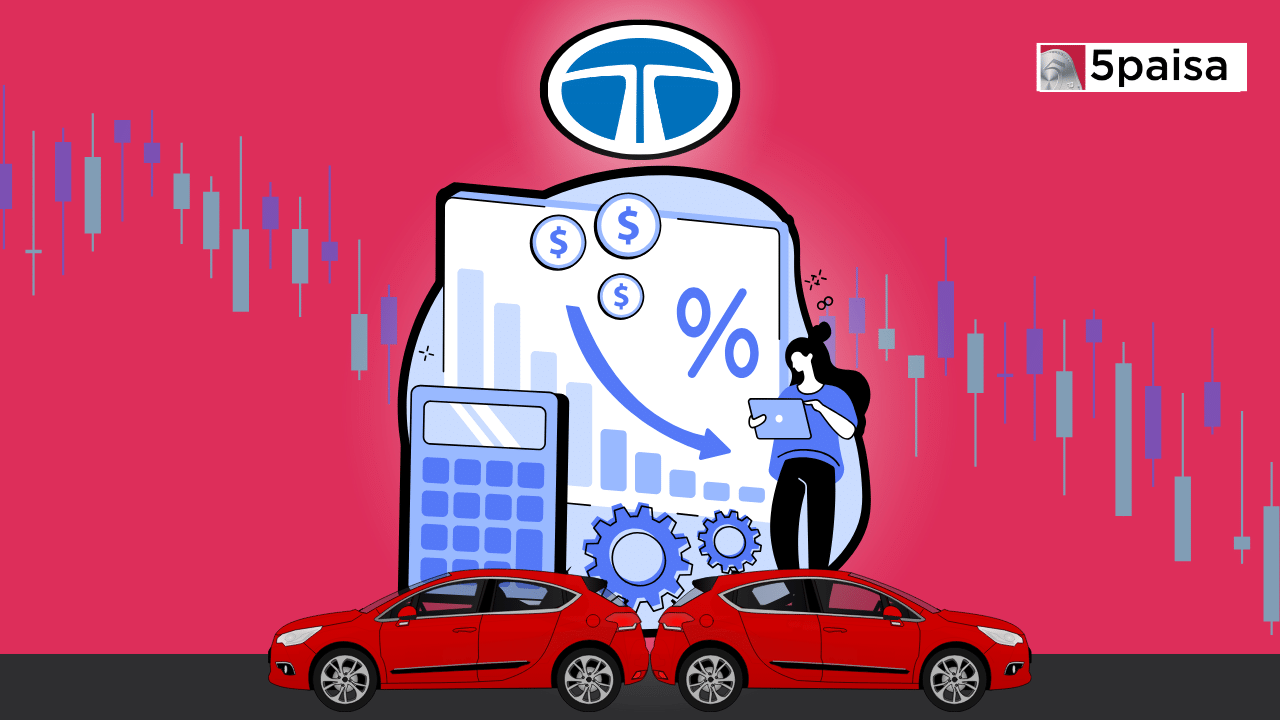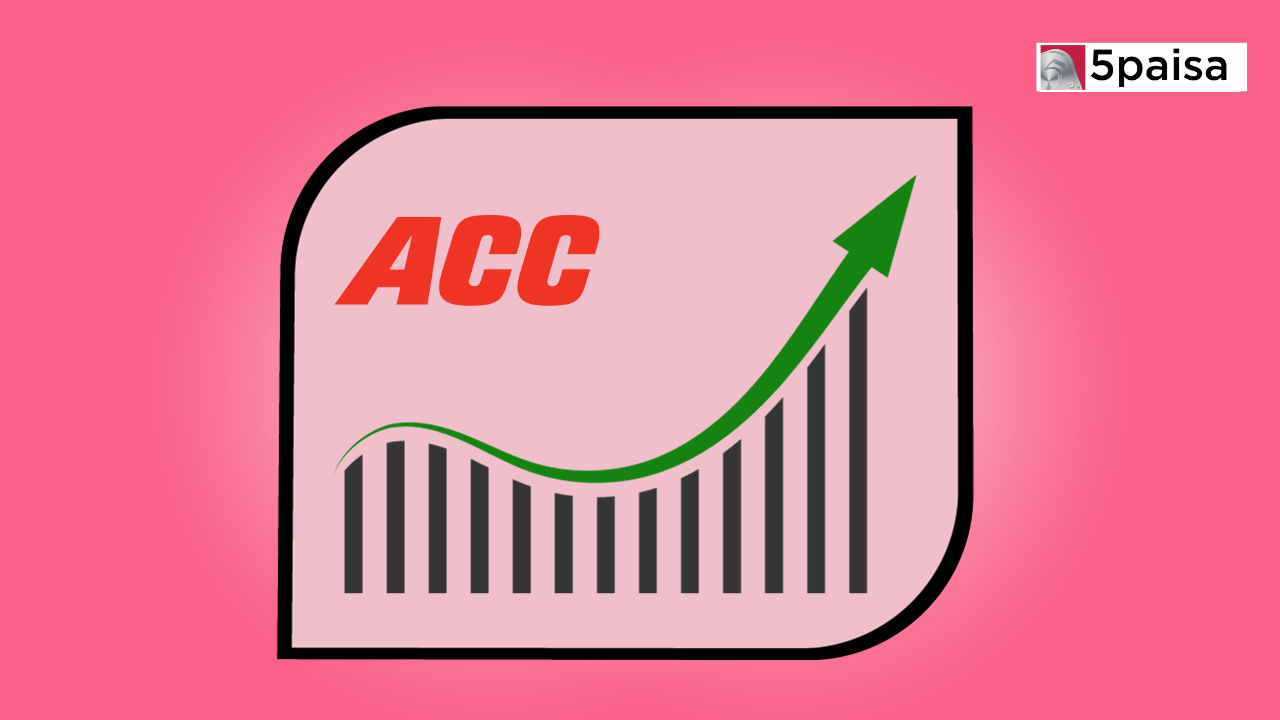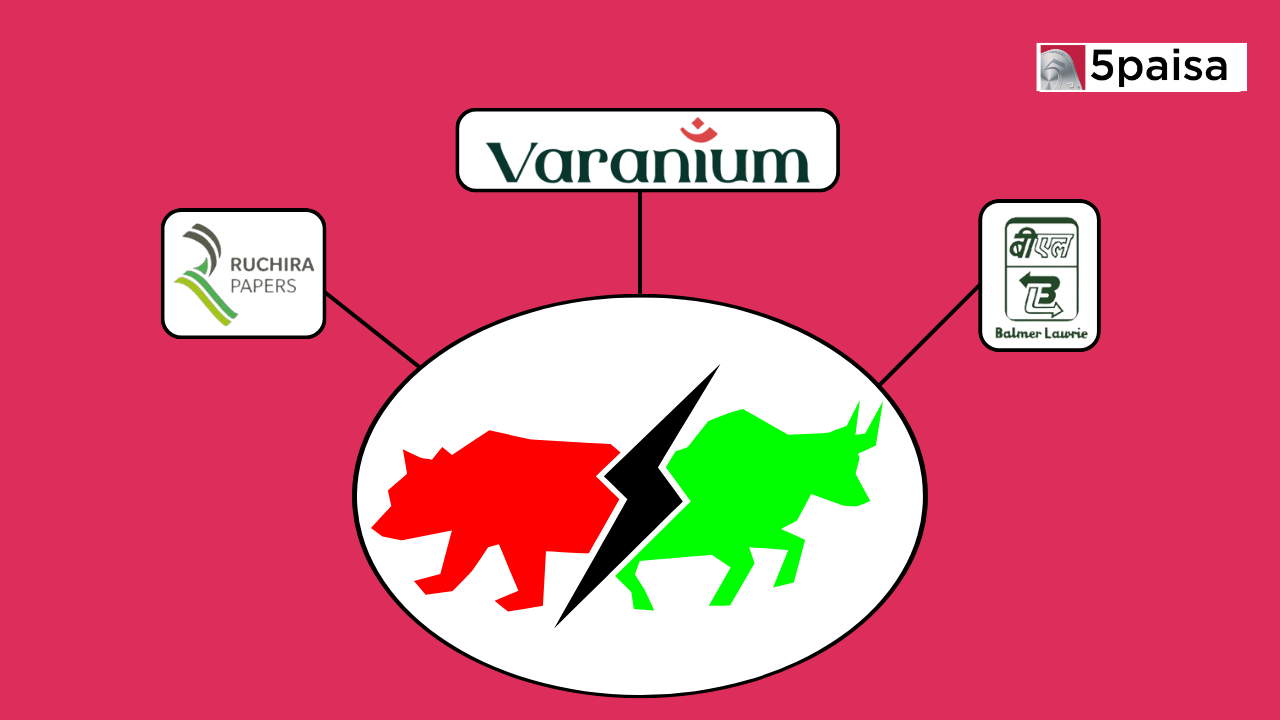Auto Sector’s Loss to Profit Company

Last Updated: 22nd September 2023 - 02:05 pm
What is Loss to Profit Company?
A "loss to profit" company refers to a company that has experienced a turnaround in its financial performance, moving from a loss to a profit. This could be due to various factors such as increased revenue, reduced costs, or both. It's important to note that the specifics can vary depending on the company and the industry it operates in. The term is often used in financial analysis and investing, where analysts, investors, and other stakeholders track a company's performance over time.
Key considerations before investing in Loss to Profit company
1. Understanding the Business Model: Thoroughly understand the company's business model and industry. Determine if the company's path to profitability is realistic and achievable.
2. Financial Statements: Analyse the company's financial statements, including income statements, balance sheets, and cash flow statements. Look for trends that indicate improvement in revenue, gross margins, and reduced losses.
3. Profitability Timeline: Assess the company's timeline and strategy for achieving profitability. Understand if there are clear milestones and a realistic timeframe for reaching profitability.
4. Management Team: Evaluate the management team's track record and their ability to execute the company's strategy. Strong leadership is crucial during a turnaround.
5. Competitive Environment: Consider the competitive landscape. Is the company in an industry with high barriers to entry, or does it face intense competition? A challenging competitive environment can make the path to profitability more difficult.
6. Debt and Liquidity: Examine the company's debt levels and liquidity position. High levels of debt can create financial strain and hinder the path to profitability.
7. Cash Burn Rate: Calculate the company's cash burn rate, which indicates how quickly it is using its available cash. Make sure the company has sufficient cash or access to funding to cover its operational needs until it becomes profitable.
8. Market Potential: Assess the size of the company's target market and its growth potential. A large and expanding market can support revenue growth.
9. Product or Service Viability: Evaluate the viability and uniqueness of the company's products or services. Are they meeting a genuine need or solving a problem in the market?
10. Regulatory and Legal Risks: Consider any regulatory or legal risks that could impact the company's ability to operate and become profitable.
11. Diversification: Avoid putting all your investment capital into a single loss-to-profit company. Diversify your portfolio to spread risk.
12. Patience and Risk Tolerance: Understand that investing in turnaround companies can be volatile and may take time to yield returns. Assess your own risk tolerance and investment horizon.
13. Research and Due Diligence: Always conduct thorough research and due diligence before investing.
Overview of the Stock: Tata Motors
Analysis:
In the March 2019 the company experienced a Net loss of ₹ 31,371 Cr. But by the time of March 2023 the company has experienced the Net profit of ₹ 3,058 Cr. With the dividend pay-out of 32%. It was of the slow demand and increment of raw-material prices as well the significant impact of Covid-19 that the company has to face the downturn in the net profit but this entire period the company’s Turnover increasing.
Key Operational Highlights:
1. Tata Motors Limited (TML) is a leading player in the commercial vehicle (CV) segment in India, with a market share of 45% during FY22.
2. TML has a global presence in major markets due to Jaguar Land Rover (JLR), which accounts for a significant portion of the company's revenue.
3. JLR is working on electrification platforms and architectures, with the Jaguar brand set to become fully electric by 2025 and Land Rover to have six battery electric vehicles (BEVs) by 2026.
4. TML owns 10 manufacturing facilities in India, five in the UK, and two in Europe, and has set up a manufacturing facility in China in a joint venture with Chery Automobiles.
5. Tata Sons Private Limited (TSPL) holds a 43.73% stake in TML and has provided financial support to the company through funds infusion.
Financial Performances:
1. TML had a strong Q4 FY2023 with revenue of around ₹ 1 lakh crores and positive free cash flow of ₹ 7,800 crores.
2. JLR had a strong consistent year with revenue of GBP23 billion, produced 2.4% EBIT of the year, and ended the year with GBP 3.8 billion worth of cash and GBP 3 billion worth of net debt.
3. The non-vehicle business grew by almost 33%, and spares and service penetration has been continuously improving for the last three years.
4. The cash profit after tax and capex for the year ended at ₹ 2,400 crores, and all Capex is funded by the cash profit after tax.
5. The EV business is almost EBITDA neutral, excluding PLI credits, and is on the right track for sustainable profitability.
Key Risks & Concerns:
1. The industry growth in India for CV and PV is expected to be single-digit, with the highest growth in buses and medium and heavy commercials.
2. The company plans to invest ₹ 8,000 crores next year in electrification investments for CV and PV.
3. The company will continue to invest in ICE to meet Euro 7 regulations, but the majority of their efforts will be in the EV space.
4. The discount pullback was driven by customer value perception, and efforts have been made to increase customer value.
Outlook:
TML's financial goals include delivering 6% plus EBIT and GBP 2 billion free cash flow after investment, with a reduction in net debt to circa GBP 1 billion in 12 months. The company plans to defend their volume and market share in the PV market by introducing new nameplates and expanding their portfolio in the CNG and EV segments.
The company is confident in availing the PLI benefit for their models. JLR expects to generate beyond GBP 2 billion worth of cash to take its net debt position down from GBP 3 billion to GBP 1 billion, with the majority of cash generation being operational.
JLR may come back to the bond market at some point but does not need to fund investment spending. The company is focusing on improving brand health through ATL and digital communication, and influencer advocacy has led to a good improvement in net promoter score.
Disclaimer: Investment/Trading in securities Market is subject to market risk, past performance is not a guarantee of future performance. The risk of loss in trading and investment in Securities markets including Equites and Derivatives can be substantial.
 Ruchit Jain
Ruchit Jain Sachin Gupta
Sachin Gupta Tanushree Jaiswal
Tanushree Jaiswal

